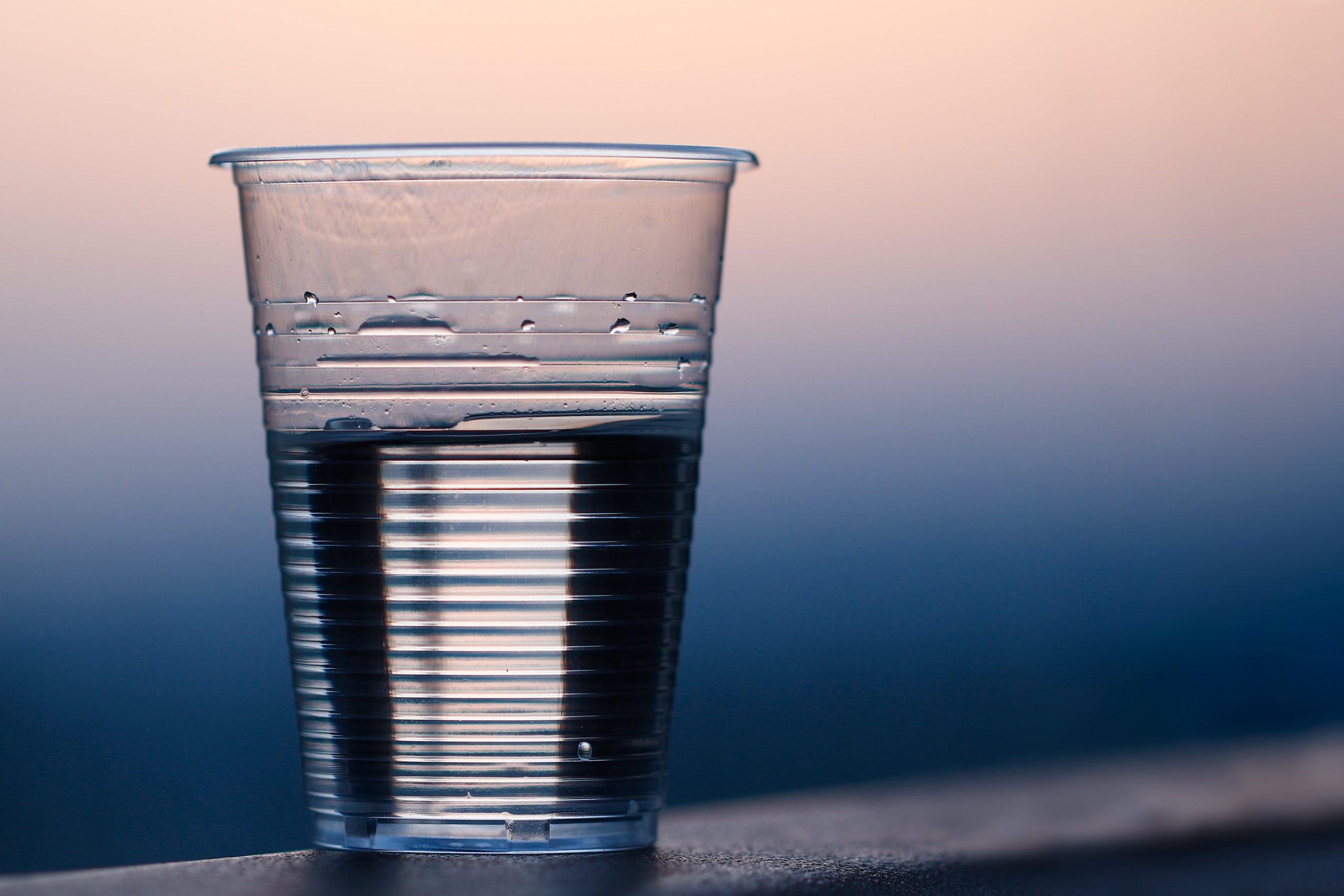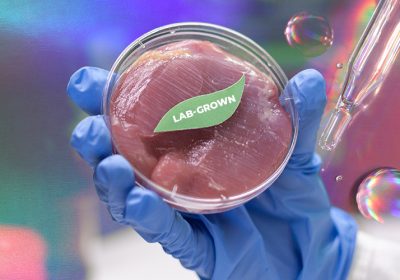The EPA released a progress report on its efforts to tackle the widespread contamination of our world with dangerous PFAS “forever” chemicals. While there have been positive steps, the overall impression left by this report is that we need to do much, much more to protect our health. Action Alert!
PFAS “forever” chemicals are a public health menace, but the federal government seems content with baby steps and half-measures to address this issue. We need to keep up the pressure on our elected officials to do much, much more to protect our health.
The EPA’s report boasts that the agency has made “significant progress” on reducing PFAS risks to humans and the environment over the last couple of years, “delivering on [its] mission of ensuring that every person in this country has clean air to breathe, safe water to drink, and land to live, play, and farm on that is safe from pollution.” If only that were true! The rest of the report gets into the weeds about what, in fact, the EPA has done over the last year.
It’s true that some measures have been taken, but when we consider the scale of the problem, we’re left with the unfortunate reality that the EPA has done very little to protect Americans from the harms of extensive PFAS contamination. As we’ve been saying for some time, what is needed is a complete ban on PFAS chemicals, period—not lip service.
PFAS, or polyfluoroalkyl substances, are a group of over 12,000 chemicals used in hundreds of consumer products. They are nicknamed “forever” chemicals because they do not break down in the environment and accumulate in blood and organs. They are commonly used in some varieties of non-stick cookware, plastic packaging, cosmetics, stain-resistant carpeting, waterproof clothing, fire-fighting foams, lubricants, dental flosses, and tampons. Our pilot study released last year found 7 of 8 supermarket kale samples tested positive for multiple PFAS chemicals, indicating that PFAS contaminates even fresh fruits and vegetables, including organic produce. This is contrary to the view of the FDA based on its own analysis of the Total Diet Study data.

As we noted in our report, studies have demonstrated a wide range of negative health effects from exposure to PFAS including cancer, weakened immune systems among children, weight gain, and liver, kidney, thyroid, and reproductive problems. These concerns are amplified by PFAS’s ability to bioaccumulate.
Independent watchdog groups have formulated their own report card for the federal government’s actions on PFAS demonstrating the EPA, in particular, should not be so proud of its progress. The Environmental Working Group (EWG) found that almost one-third of the EPA’s planned actions on PFAS slated for completion in 2023—24 out of 74 actions—are overdue or only partly fulfilled. That amounts to a big fat “F.” These dovetail with other federal actions announced in October 2021 as part of the Biden-Harris Plan to Combat PFAS Pollution. While faring better than the EPA, the Department of Defense and the Department of Energy have also not met all of their goals and deadlines with respect to PFAS. Keep in mind that these actions themselves, which haven’t been completed or are delayed, are quite limited in scope, often relating to PFAS cleanup, testing, monitoring, and data gathering.
Which brings us to the EPA’s self-assessment. Among its supposed accomplishments, the EPA touts the fact that it has addressed “PFAS chemical safety” by “finalizing rules for PFAS reporting and announcing a framework for reviewing new PFAS.” We reported on some of these changes when they occurred, noting that the agency had decided to apply a “case-by-case” approach in how it defined PFAS chemicals—a terrible idea and could allow thousands of PFAS forever chemicals to remain in use in pesticides and in pharmaceuticals – without any regulatory scrutiny or toxicological assessment at all.
Former EPA officials have also indicated that the EPA is excluding some short-chain PFAS used as refrigerants—chemicals that are defined as PFAS by the European Union, but apparently not in the US. As we indicated in our pilot study on PFAS in kale, we need to ban PFAS as a class rather than deal with each chemical individually, which isn’t practical when there are over 12,000 PFAS chemicals in current use.
Another “accomplishment” highlighted in the EPA’s report is its proposed drinking water standards on six PFAS. We noted at the time this proposal was released that it had the fingerprints of the chemical industry all over it. When the agency released interim safety levels, it noted that “new science” indicates “that some negative health effects may occur with concentrations of PFOA or PFOS in water that are near zero.” Yet the regulations issued more recently by the FDA propose levels for PFOA and PFOS considerably higher than the levels they previously said were safe, a change which is undoubtedly due to Big Chem influence.
The other issue, of course, is that while (finally) setting enforceable standards on six PFAS is a start, there are about 12,000 PFAS chemicals. It has taken decades to set standards on PFOS and PFOA, two chemicals that are no longer in production in the US. It simply is not feasible to wait for the EPA to go through the motions on the 11,994 other PFAS before we can have drinking water that is PFAS-free.

This is why scientists are calling on PFAS to be regulated and controlled as a class. We would go a step further and urge Congress and regulators to ban PFAS as a class. Less than 1 percent of all PFAS have been tested for their hazardous effects. It’s taken the EPA decades to even think about setting enforceable drinking water standards for just six PFAS chemicals. We’d likely need to wait many lifetimes for the agency to assess the tens of thousands of these chemicals. That’s why they continue to play Wac-A-Mole, targeting bans or restrictions on a limited number of older PFAS, only to allow industry to replace these with newer, less studied variants.
The EPA is playing roulette with our health. The US Geological Survey’s study of PFAS in drinking water made headlines when it found that almost half of the tap water in the US is contaminated with at least one PFAS chemical, but they only tested for 32 out of 12,000 PFAS chemicals—suggesting the problem is likely to be far worse.
We must continue to urge our lawmakers to pursue a complete ban on PFAS.
Action Alert! Write to Congress and the EPA, telling them to ban PFAS. Please send your message immediately.




